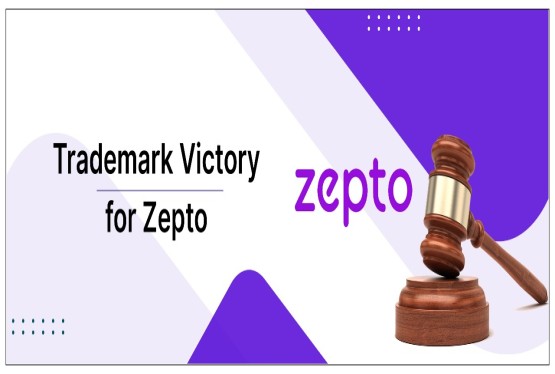Citation: AIR 2019: DEL 1017
Date of judgment: 8th July, 2019
Court: Delhi High Court
Corum: Hon’ble Justice Manmohan
Facts
Yash Raj Films Pvt. Ltd. (YRF), the plaintiff, produced the Bollywood movie "Band Baaja Baaraat," which was released on December 10, 2010. YRF held exclusive copyrights over various elements of the film, including its dialogue, theme, concept, plot, script, and music. In May 2011, YRF publicly announced that it had not sold these rights to any third party. Despite this, Sri Sai Ganesh Productions, the defendant, produced a Telugu film titled "Jabardasth," released on February 22, 2013, which YRF alleged was a substantial copy of "Band Baaja Baaraat." YRF sent multiple legal notices to the defendants, including the producer, distributor, and director, requesting them to cease their infringing activities, but received no response. Additionally, the rights for a Tamil remake titled "Dum Dum Pee Pee" were sold to another production house, further infringing on YRF's copyrights.
Issues
1. Whether the defendants' film "Jabardasth" infringed upon the plaintiff's copyrighted work "Band Baaja Baaraat."
2. Whether the Delhi High Court had jurisdiction to adjudicate the matter, given that the impugned film was released in Delhi.
Judgment and Reasoning
The Delhi High Court, presided over by Justice Manmohan, ruled in favor of YRF. The court held that "Jabardasth" was a substantial copy of "Band Baaja Baaraat," lacking the originality required under the Copyright Act, 1957. The court emphasized that copyright protection extends beyond the physical form of a work to its underlying creative expression, including the plot, theme, and character sketches. Citing Sections 13(3)(a) and 2(d) of the Act, the judgment highlighted that originality is a core requirement for a work to be eligible for copyright protection. The court also referenced the Supreme Court's decision in R.G. Anand v. M/s Deluxe Films and Ors., which held that copyright infringement is not limited to exact physical duplication but extends to works that are substantially similar in their core essence. Regarding jurisdiction, the court affirmed its competence to adjudicate the matter, noting that the impugned film was released in Delhi, thereby establishing territorial jurisdiction.
Conclusion
This case underscores the legal protections afforded to copyright holders, including those obtained through copyright registration, and the judicial mechanisms available to enforce these rights against unauthorized reproductions and adaptations. It reaffirms that copyright infringement encompasses substantial copying of the core essence of a work, not just exact duplication, and highlights the importance of originality in creative works. The judgment also clarifies that Indian copyright law treats a cinematograph film as a comprehensive work that encompasses various underlying creative elements, each of which can receive individual copyright protection. Furthermore, this case has implications for trademark infringement, particularly in situations where film titles, characters, or other branding elements associated with the film are used without authorization. Proper trademark registration can offer additional layers of protection for these elements, separate and distinct from copyright protection.






























_(b)_of_the_Trademark_Act,_1999_(1)_crop10_thumb.jpg)



_crop10_thumb.jpg)




























_crop10_thumb.jpg)
_crop10_thumb.jpg)






_crop10_thumb.jpg)








_crop10_thumb.jpg)
_crop10_thumb.jpg)



_crop10_thumb.jpg)





























_crop10_thumb.jpg)

















_crop10_thumb.jpg)






_crop10_thumb.jpg)












































































































































_crop10_thumb.jpg)



































_crop10_thumb.jpg)












_crop10_thumb.jpg)






















